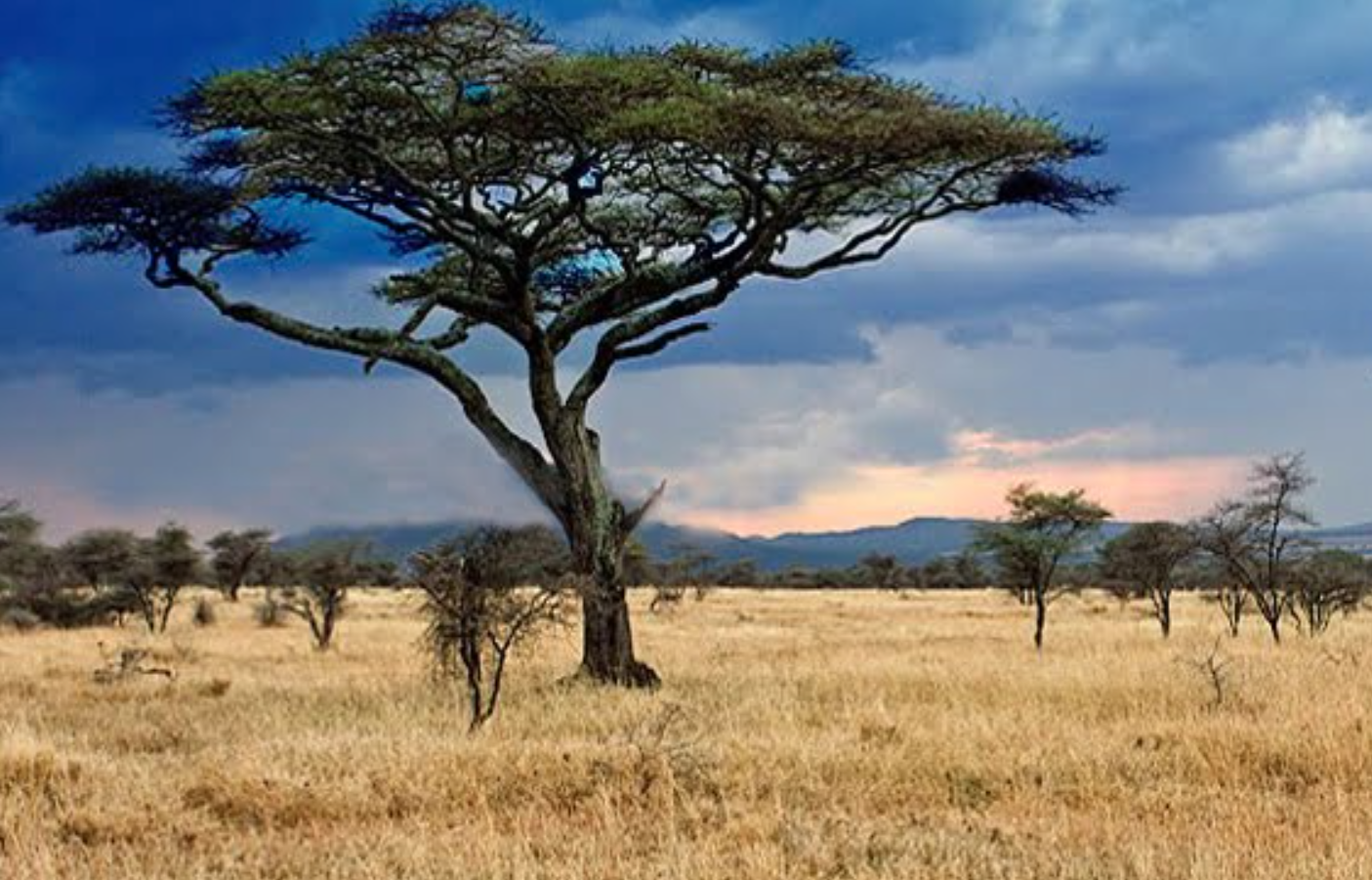The Savanna is a mix between woodland and grassland ecosystem. There are four types of savanna the woodland, tree, shrub, and grass savanna. All four types of savanna look alike with small differences being woodland is where the most trees and shrubs are and grass is where the least amount of trees and shrubs are. The savanna biome also is known to have some of the most frequent wildfires. The annual rainfall ranges anywhere from 10 - 30 inches per year. Savanna biomes have warm temperatures that range from 68°F to 86°F or 10°C to 30°C. The Savanna has a vast amount of animals that live within now lets take a look at some of them.
Elephant
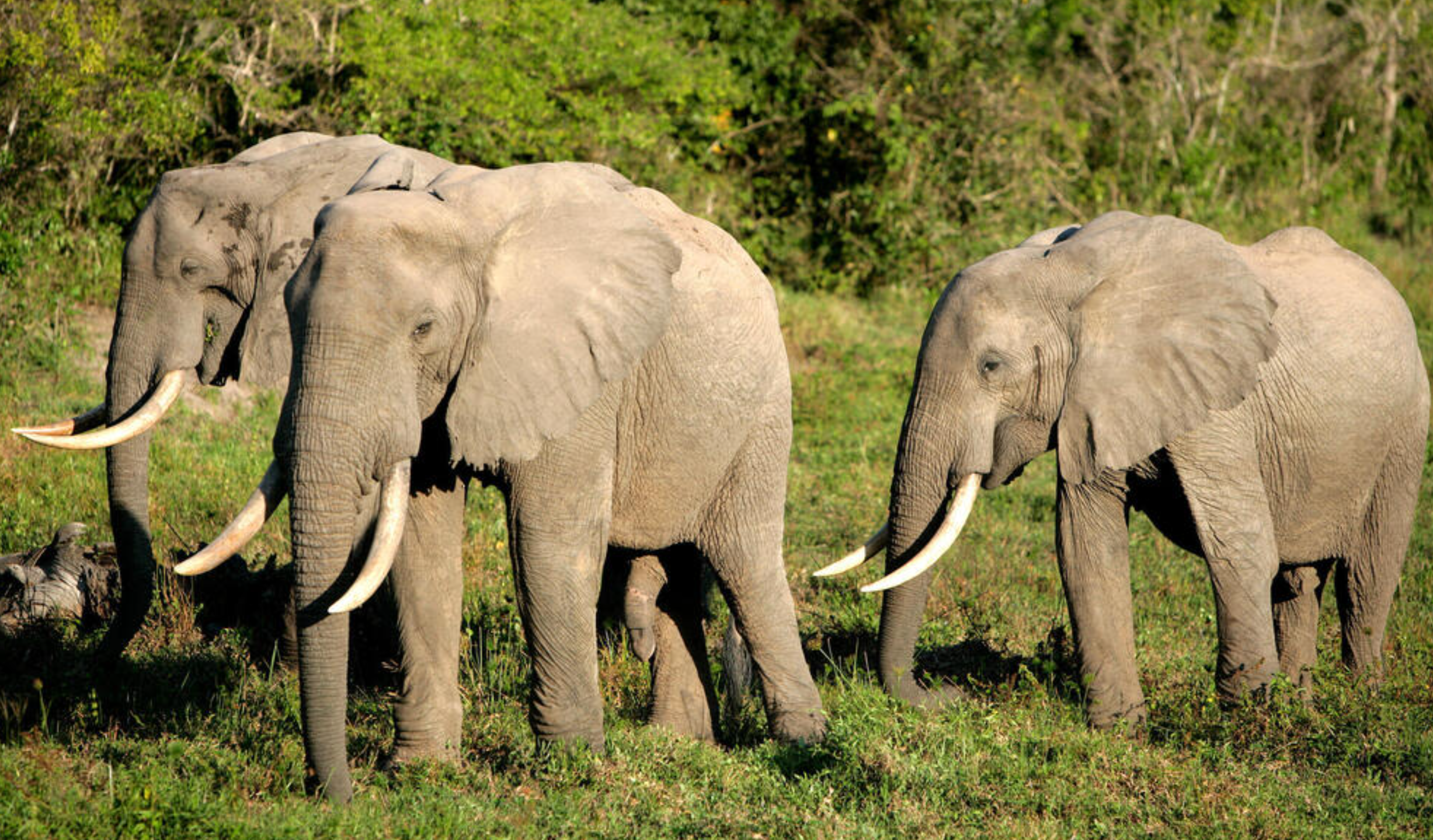
Elephants are the largest living land animals with a mass of anywhere around 6,000 lbs to 20,000 lbs and a height of 9 ft to 13.1 ft. Elephants have a long lifespan of 48 - 70 years and one of the longest gestation periods of 18 - 22 months. Elephants can charge at speeds up to 25 miles per hour so good luck trying to outrun it. Elephants are herbivores and mostly eat grass, leaves, shrubs, fruits, and roots. They use their trunks to drink, store and spray water and dust. Female elephants tend to stay in herds while male elephants will live in smaller groups or stay alone. Elephants are classified as an endangered species due to illegal poaching for their tusks.
Giraffe

Giraffes are the tallest living terrestrial animals on Earth growing to a height of up to 18 feet tall and weigh as much as 4,200 lbs. The average lifespan of a giraffe is about 25 years with a gestation period of 15 months. Giraffes are also herbivores and primarily eat leaves and twigs from acacia, mimosa, and apricot trees. Giraffes will typically eat around 66 lbs of plants a day. Giraffes like elephants are social animals and live in herds of 10 to 50 members but giraffes will also sometimes wander away from the herd on occasion. The difference between male and females is the males will get into fights with other males raming their horns agenst each other leaving bald spots on their horns where as females do not fight so they still have fur covering their horns.
Hippopotamus
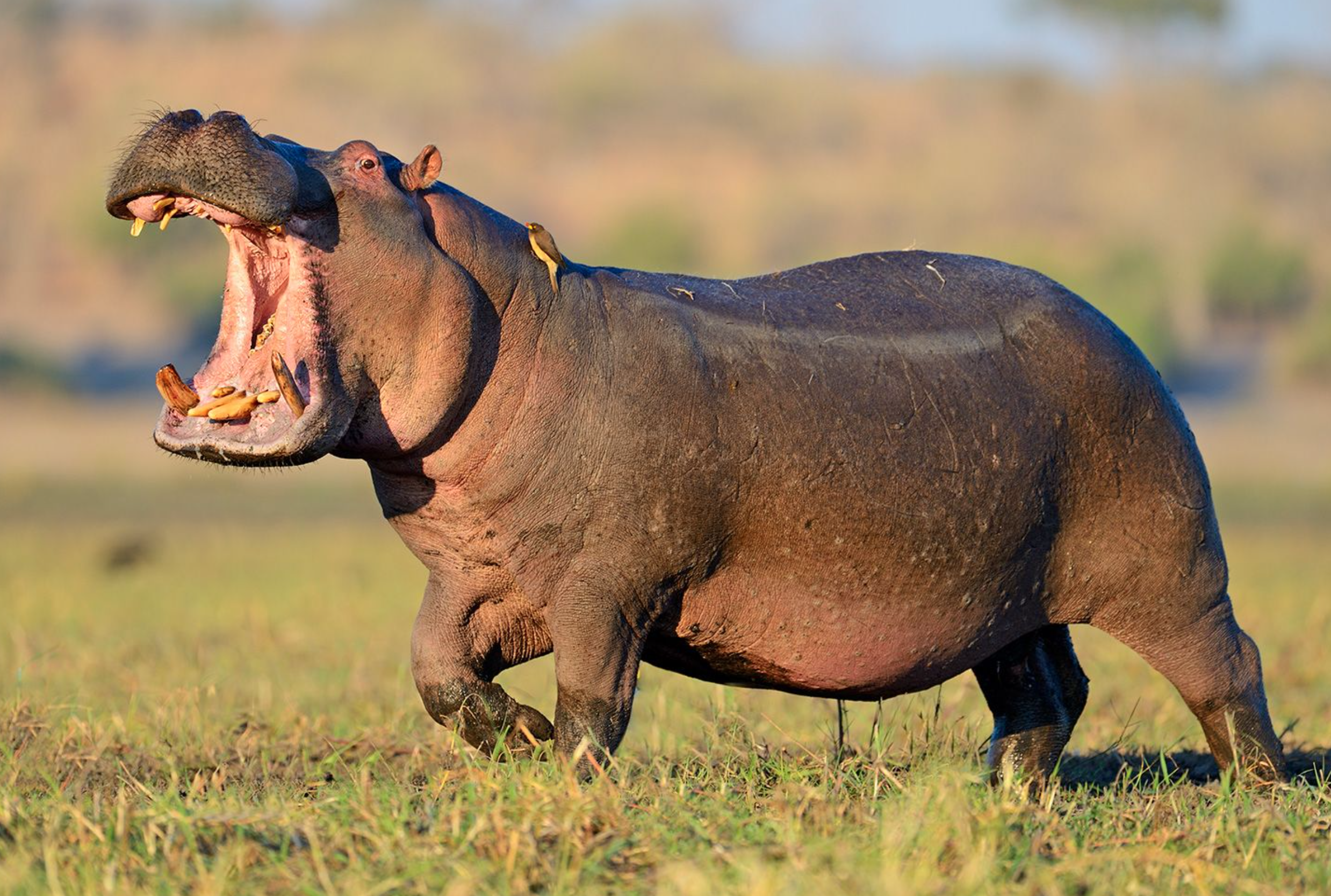
The hippopotamus or hippo for short is one of the most dangerous animal in the world to humans killing around 500 people each year. A common misconception about hippos is that they are herbivores when they are actually omnivores they just choose to eat grass over meat however they will eat meat if hungry enough. Hippos can live up to 40 years with a gestation period of 8 months. Hippos are very big animals and can weigh as much as 7,100 lbs. Hippos also tend to stay in groups called herds with one dominant male.
Lion
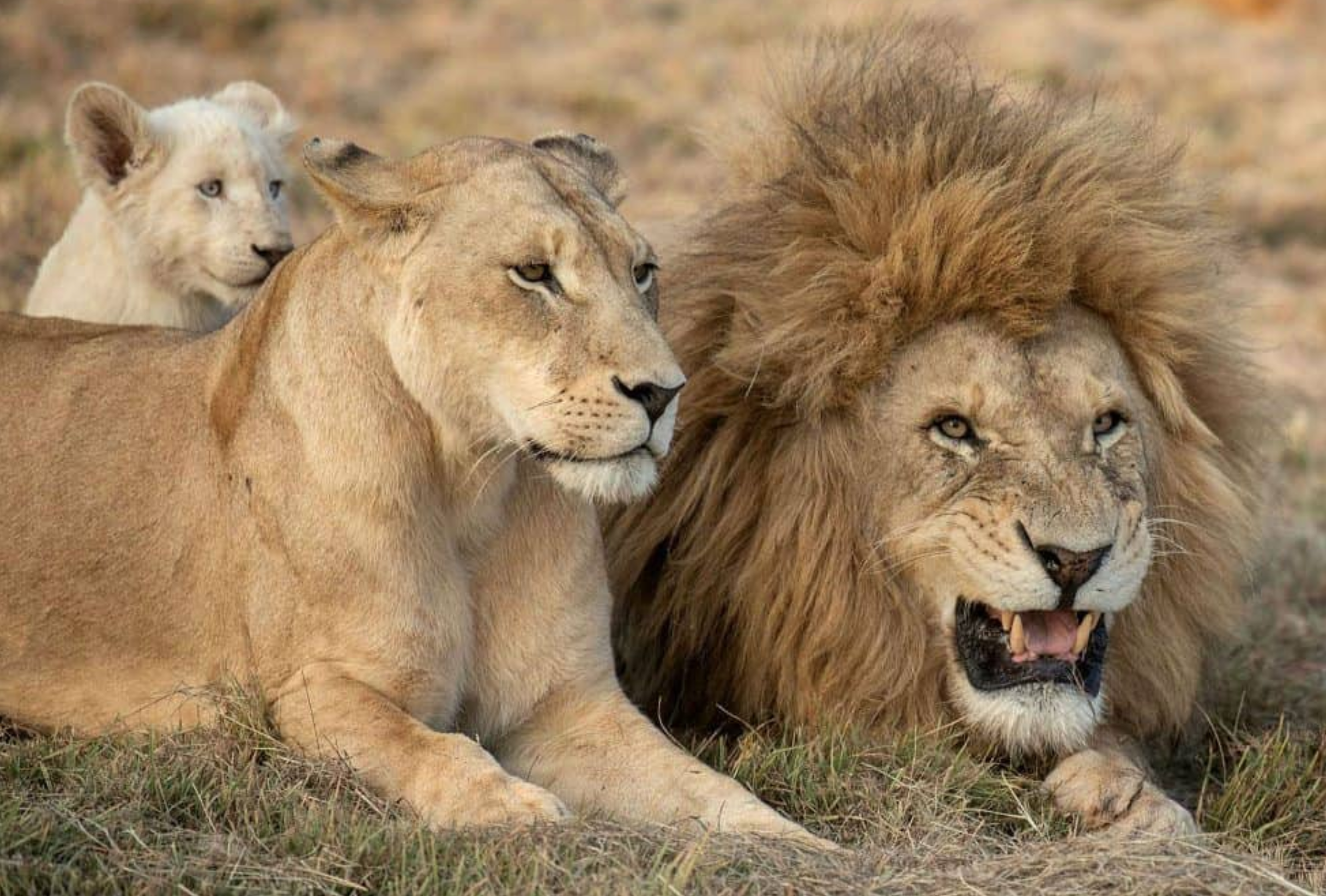
Lions are some of the more well known animals of the Savanna. Lions can live up to 18 years in the wild with a gestation period of about 100 days. Lions can grow up too 10 feet long weighing up to 500 lbs. There is a major difference between the appearance male and female lions mainly being that male lions have a bushy mane and females don't. Lions are mostly social creatures that live in packs called prides. Lions are carnivores that can hunt in packs or alone. When a younger male lion takes over a pride from an older lion the young male will cannibalize the cubs of the previous ruler. A lions diet consists of buffalo, wildebeest, giraffe, and zebra.
Zebra
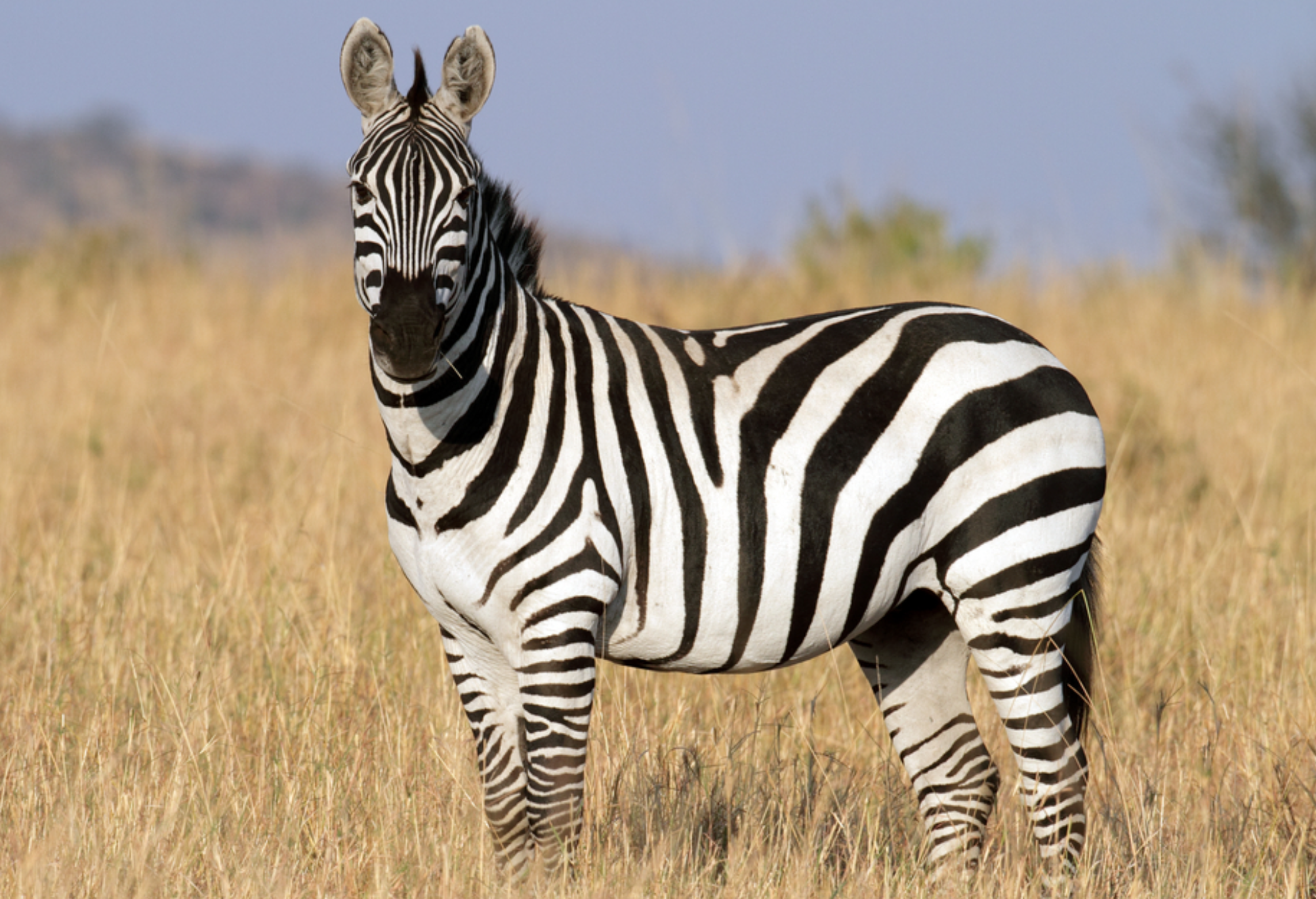
Zebra's are known for their distinctive black and white striped coats. The average Zebra lives for about 20 years with a gestation period of 13 months. Zebras grow to a length of 8 feet, a height of 5 feet, and they weigh up to 950 lbs. Zebras can run up to speeds of 40 miles per hour. They are herbivores and mainly eat grasses, leaves and bush stems. Zebra are social animals that live in herds. Zebras are closely related to donkeys however they can't be ridden due to their unpredictable and more aggressive nature.
